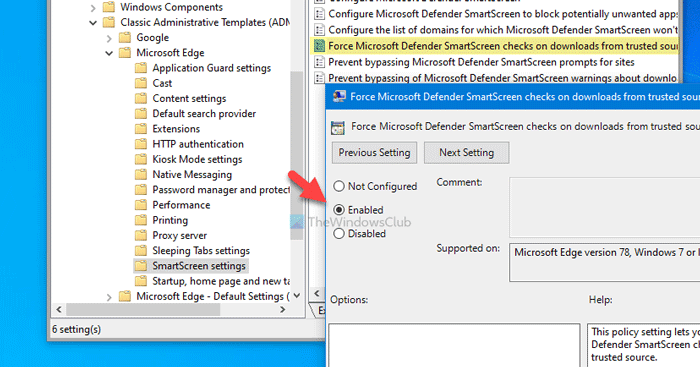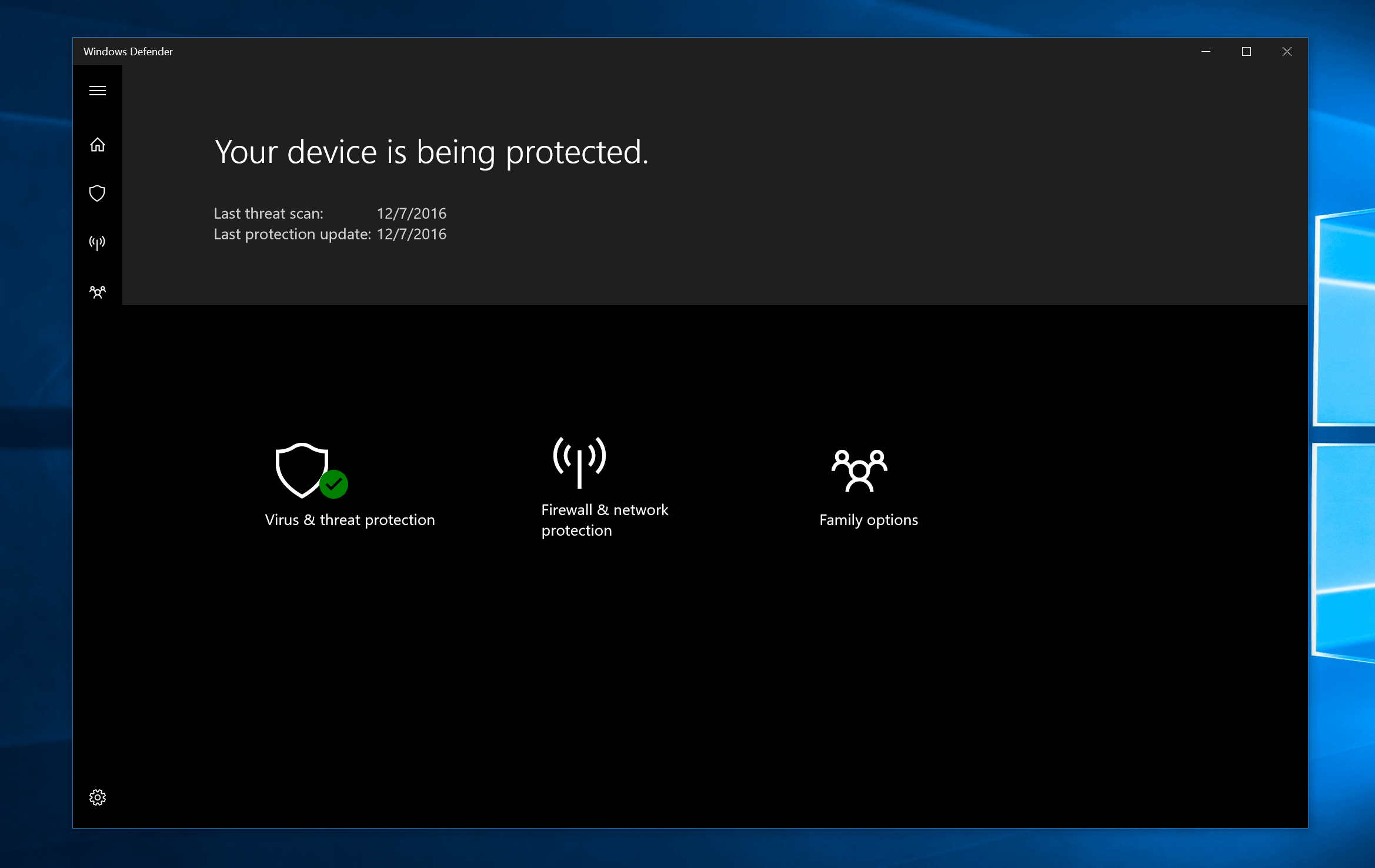

From this data, analyses can be made efficiently and quickly in the portal by an IT employee and further steps can be planned. Later on, the full amount of information including all events, processes, applications and data on the device is regularly captured, as well as uploaded and then graphically displayed in the Security Center ( ). This deployment process is called "onboarding". To use Defender for Endoint, a sensor will be installed on the endpoint, which transfers data to the individual Microsoft tenant. This is where Defender for Endpoint (formerly Microsoft Defender Advanced Threat Protection) comes in, helping organizations prevent, detect, investigate and respond to threats.

However, in a networked and multi-faceted security landscape, it is often desirable to collect more information and enforce measures for daily operations. Defender for Endpointĭefender as a standalone product against potentially unwanted software, together with cloud-based protection performs its main task on an ordinary system.

In this position with as much information and power as Microsoft has, they can use it to further develop and design their products. Through big data and a massive amount of information and security related events that Microsoft has collected on its operating systems. So, in addition to real-time protection based on a heuristic system (making adequate decisions in the shortest possible time with little information), there is cloud-based protection added. However, Microsoft made a decisive move and added the power of the cloud. Originally, it was ridiculed by security experts as an incompetent operating system antivirus that was usually shut down right away. The history of Microsoft Defender is an interesting one.


 0 kommentar(er)
0 kommentar(er)
